Ozempic 1 mg Injection
$400.00 – $3,800.00Price range: $400.00 through $3,800.00
| Pack Size | Price | Price / Unit | Quantity | |
|---|---|---|---|---|
| 1 Injection | $400.00 | $400.00/ unit | ||
| 5 Injections | $1,950.00 | $390.00/ unit | ||
| 10 Injections | $3,800.00 | $380.00/ unit |
Want to order in bulk / B2B price ? | Send Inquiry |


| SKU | 11404 |
| Manufacturer | Pfizer Limited |
| Categories | Diabetes |
| Delivery Time | 10 - 14 Working Days |
| Strength | 1mg |
Introduction to Ozempic 1mg Injection
Ozempic 1mg Injection is a prescription medication primarily used to manage type 2 diabetes in adults. It is administered once weekly and is part of a treatment plan that may include diet and exercise to improve blood sugar control over time.
This injection is not insulin but works differently to help support long-term glucose regulation. Ozempic 1mg is generally prescribed when oral diabetes medications do not provide sufficient control or when additional support is needed to reach target A1C levels.
Ozempic 1mg is also known to help with weight management in people with type 2 diabetes. Many patients experience a reduction in appetite and gradual weight loss, which can contribute to better metabolic health and cardiovascular outcomes.
Uses of Ozempic 1 mg injection
- Type 2 Diabetes Management
- Reducing Risk of Cardiovascular Events
- Weight Management Support
- Long-Term Glycemic Control
How Does Ozempic 1 mg injection Works?
Ozempic 1mg contains semaglutide, a GLP-1 receptor agonist that mimics a natural hormone in the body. This hormone helps regulate blood sugar by encouraging the pancreas to release insulin when blood glucose levels are high and by reducing the release of excess sugar from the liver.
Additionally, Ozempic slows down the rate at which food leaves the stomach, helping control blood sugar spikes after meals. It also influences areas of the brain that control appetite, which can lead to reduced hunger and support weight loss in people with type 2 diabetes.
Side Effects of Ozempic 1 mg injection
Common Side Effects
- Nausea
- Vomiting
- Diarrhea
- Constipation
- Stomach Pain
- Loss of Appetite
- Fatigue
Serious Side Effects
- Pancreatitis
- Thyroid Tumors
- Kidney Problems
- Severe Allergic Reactions
- Vision Changes
- Gallbladder Disease
Dosage of Ozempic 1 mg injection
Ozempic is typically started at a lower dose of 0.25 mg once weekly for the first four weeks to help the body adjust and minimize gastrointestinal side effects. After this initial period, the dose is increased to 0.5 mg once weekly to begin effective blood sugar control.
If further blood sugar reduction is needed, the dose may be increased to 1 mg once weekly based on a doctor’s evaluation. Ozempic should be injected on the same day each week, with or without meals, and should never be taken more than once in a 7-day period unless advised by a healthcare professional.
How To Manage Side Effects?
- Start With a Low Dose
- Eat Smaller, Frequent Meals
- Stay Hydrated
- Avoid Rapid Dose Increases
- Monitor Blood Sugar Regularly
- Rest When Needed
- Report Unusual Symptoms
Warnings & Precautions
1. Not for Type 1 Diabetes or DKA:
- Ozempic 1mg is not approved for treating type 1 diabetes or diabetic ketoacidosis (DKA) and should not be used in these cases.
2. Risk of Thyroid Tumors:
- Avoid use if you or your family have a history of medullary thyroid carcinoma (MTC) or Multiple Endocrine Neoplasia syndrome type 2 (MEN 2).
3. Caution in Pancreatitis History:
- If you’ve had pancreatitis before, consult your doctor, as Ozempic may increase this risk.
4. Use in Kidney or Liver Issues:
- Patients with kidney or liver impairment should use Ozempic with close medical monitoring.
5. Not for Use in Children:
- Safety and effectiveness in patients under 18 years of age have not been established.
6. Pregnancy and Breastfeeding:
- Ozempic should be avoided during pregnancy and breastfeeding unless clearly needed and prescribed by your doctor.
7. Interaction With Other Medications:
- Inform your doctor about all medicines you take, especially those for diabetes, to prevent serious drug interactions or low blood sugar.
Storage
- Store unopened Ozempic pens in the refrigerator at 2°C to 8°C (36°F to 46°F).
- Never freeze the pen. If it has been frozen, discard it.
- Once opened, you can store the pen at room temperature (below 30°C/86°F) or in the refrigerator.
- After first use, dispose of the pen after 56 days, even if it still contains medicine.
- Keep the pen cap on when not in use to protect it from light and avoid storing in direct heat or sunlight.
- Always store Ozempic out of reach of children and animals to prevent accidental use.
Frequently Asked Questions
1. Can Ozempic 1mg Be Taken Forever?
Ans. Ozempic 1mg may be used as a long-term treatment for type 2 diabetes if it’s effective and well tolerated. Your doctor will monitor your progress through regular checkups and adjust the dose or switch medications based on your health goals and response.
2. Can I Drink Alcohol While Taking Ozempic 1mg?
Ans. Moderate alcohol consumption is generally acceptable, but excessive drinking may increase the risk of low blood sugar and gastrointestinal side effects. Consult your doctor to understand how alcohol may affect your treatment with Ozempic 1mg.
3. What Should I Do If I Miss A Dose Of Ozempic 1mg?
Ans. If you miss a dose of Ozempic 1mg, take it as soon as possible within 5 days of the missed dose. If more than 5 days have passed, skip the missed dose and continue with your next scheduled injection.
4. How Long Can I Use Ozempic 1mg After Opening It?
Ans. Once in use, an Ozempic 1mg pen can be stored at room temperature or in the refrigerator for up to 56 days. After this period, any remaining medication should be safely discarded even if some of it is unused.
| Pack Size | 1 Injection, 10 Injections, 5 Injections |
|---|---|
| Price/Unit | $380/unit, $390/unit, $400/unit |
Be the first to review “Ozempic 1 mg Injection” Cancel reply
Related Products
Diabetes
Diabetes
Diabetes
Diabetes
Diabetes






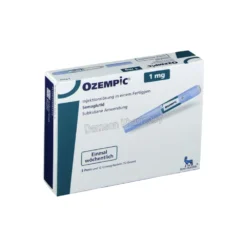


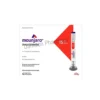


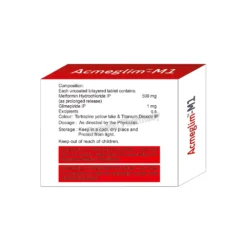

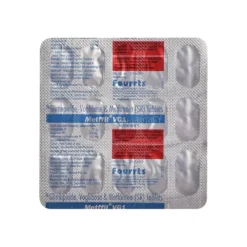
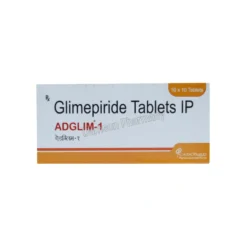
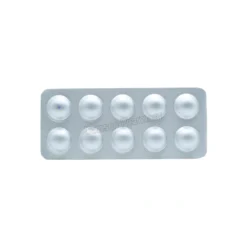




Reviews
There are no reviews yet.